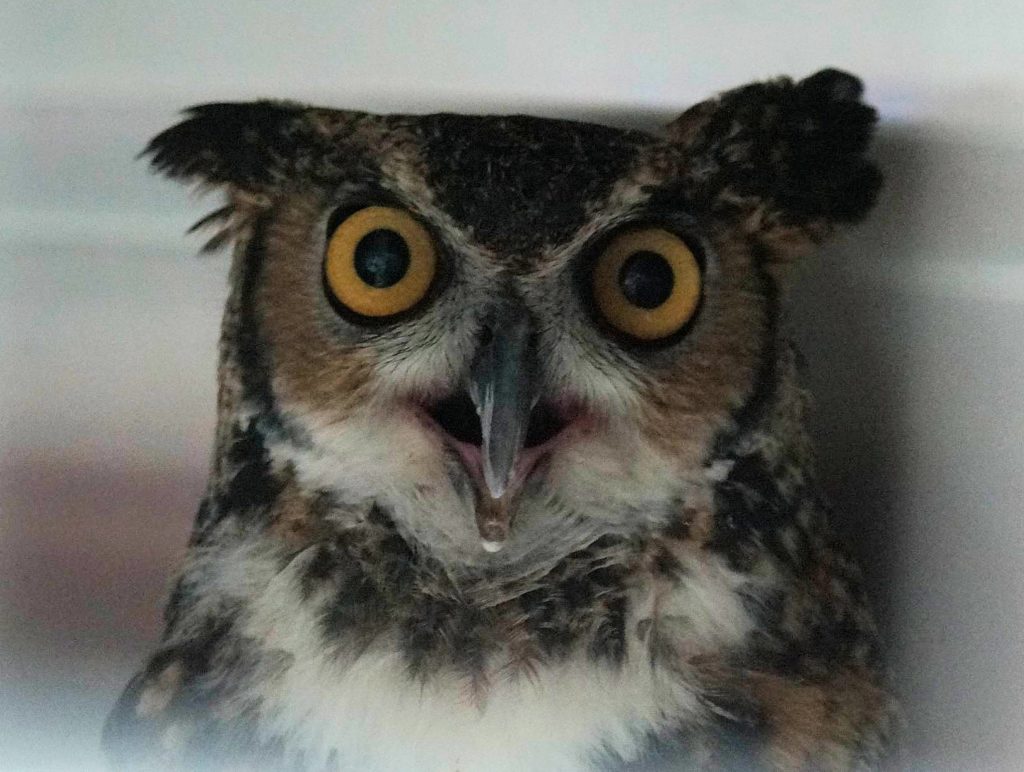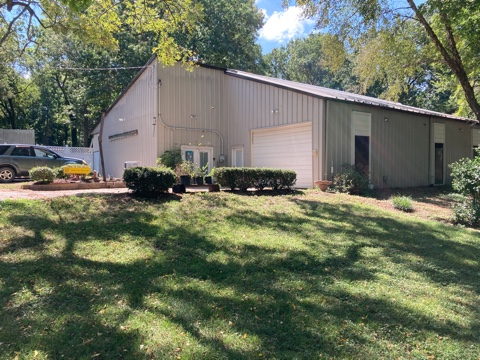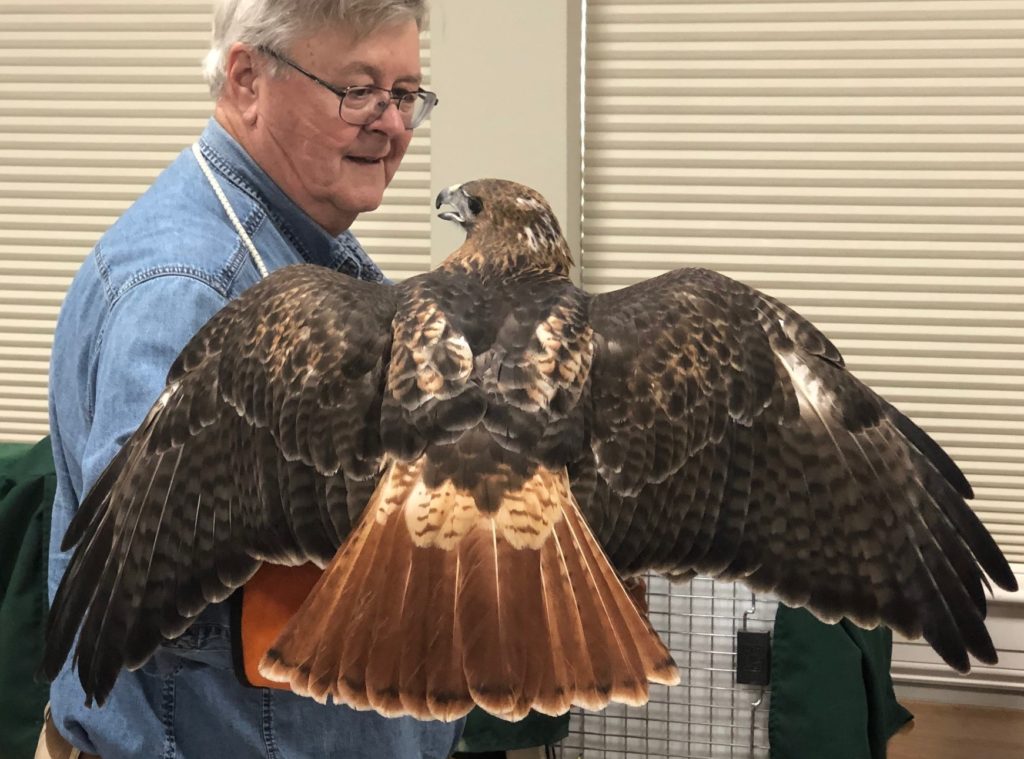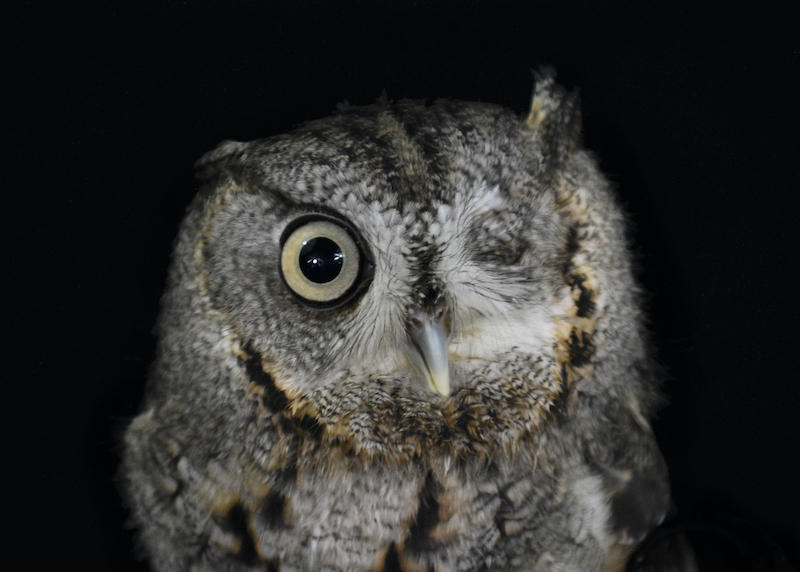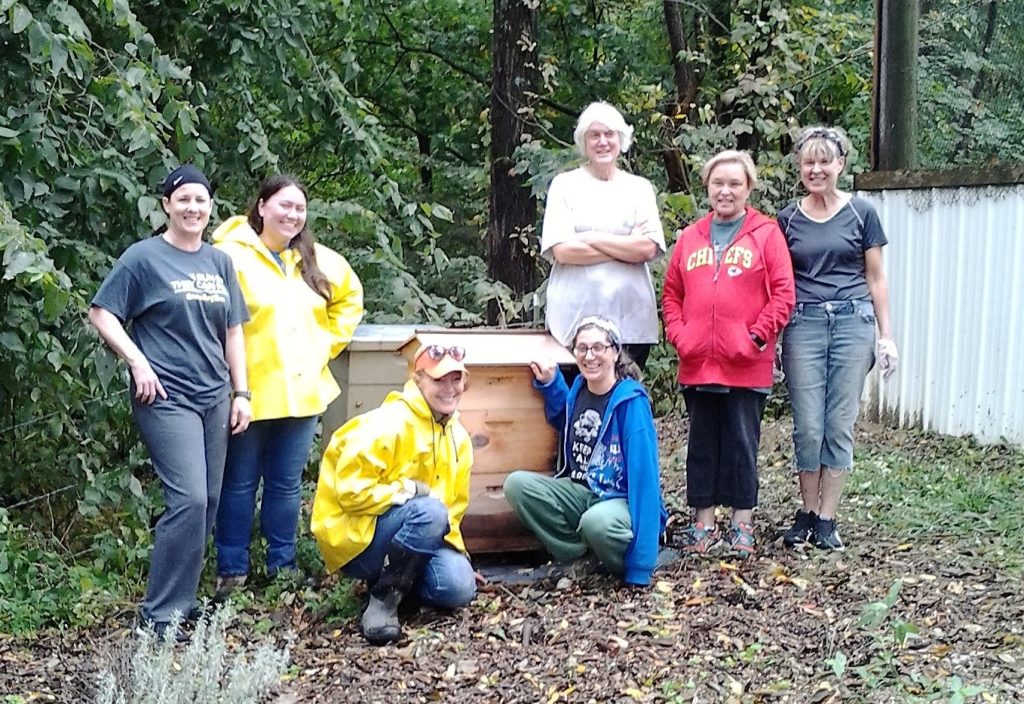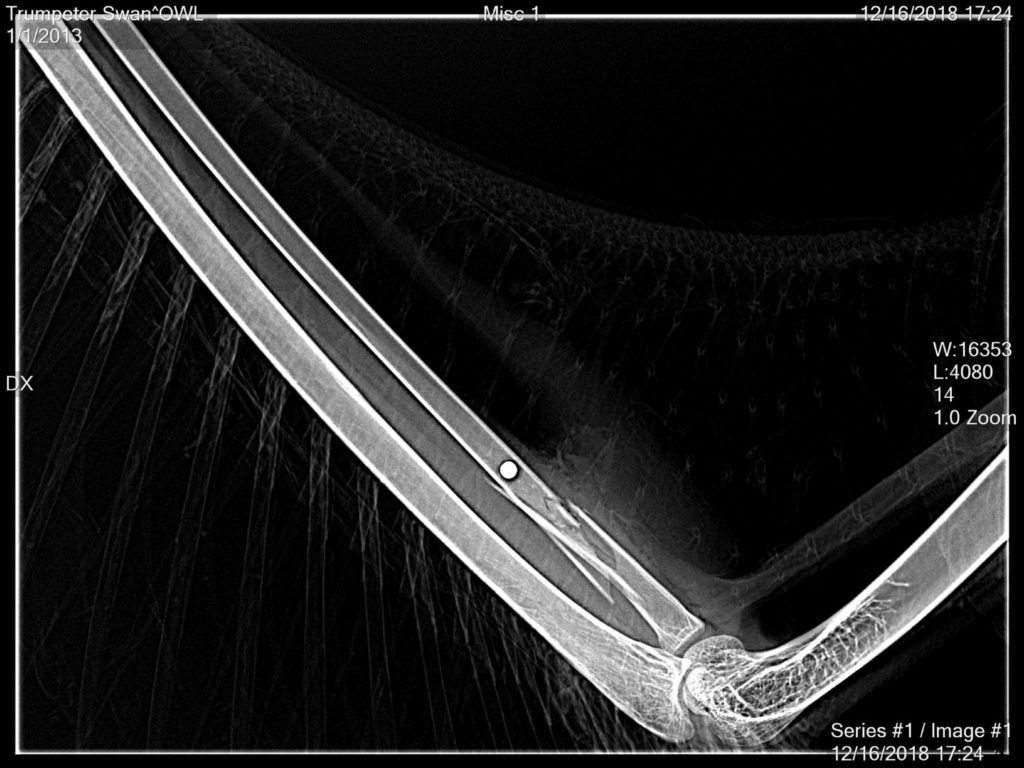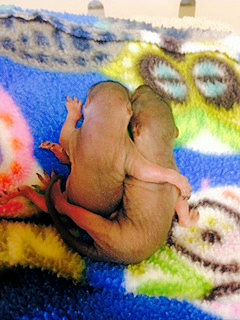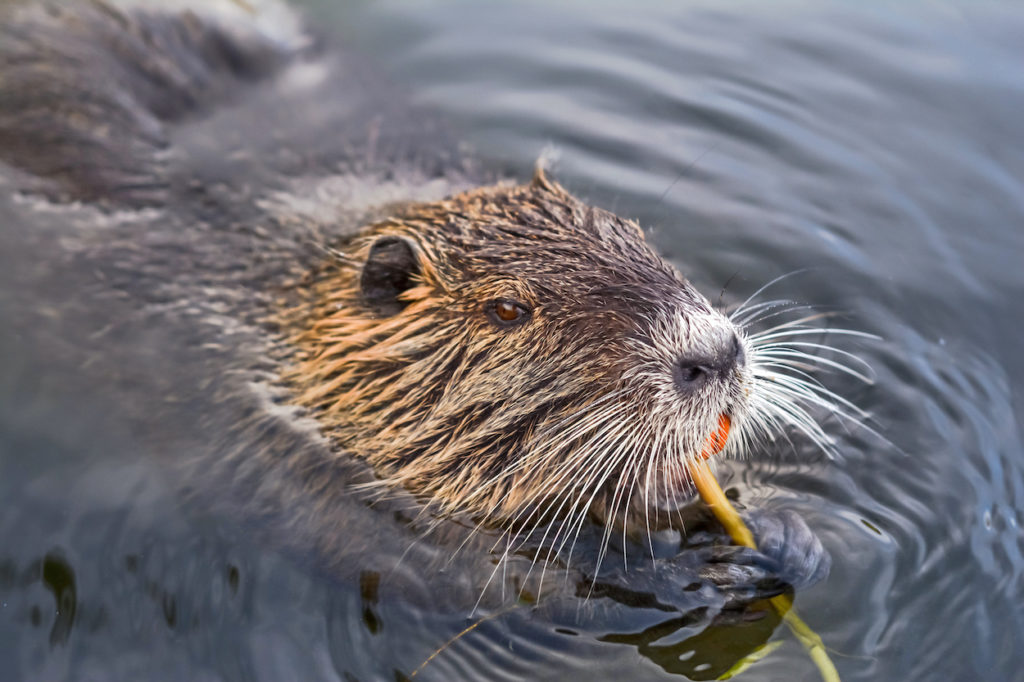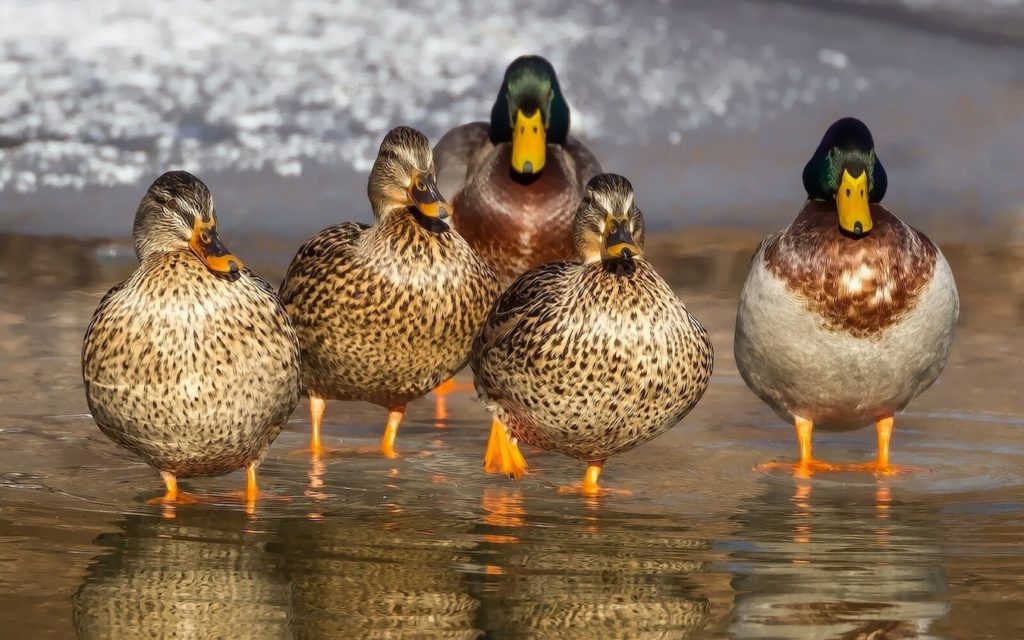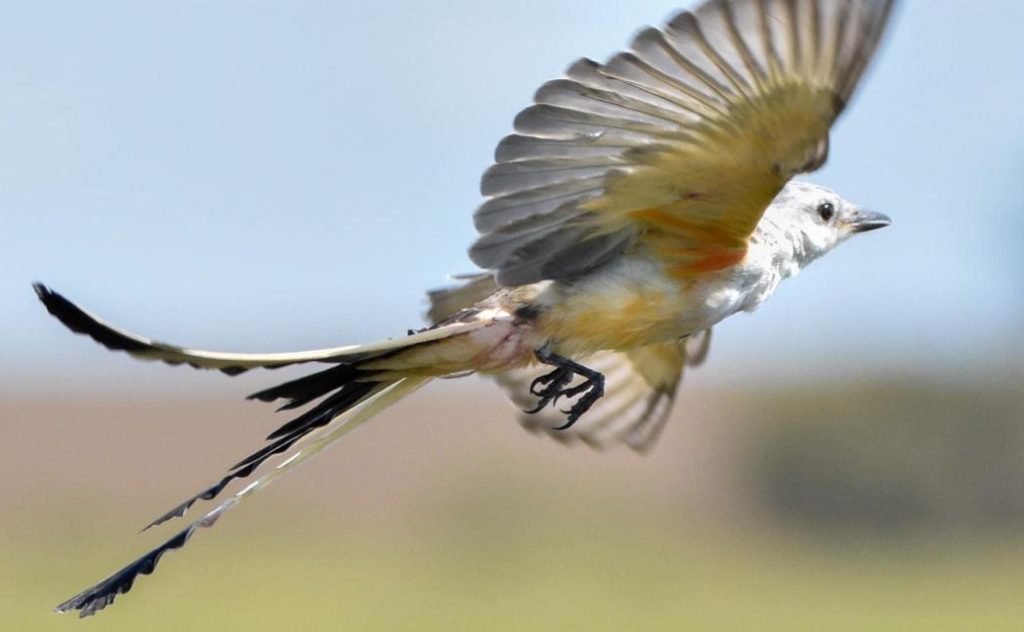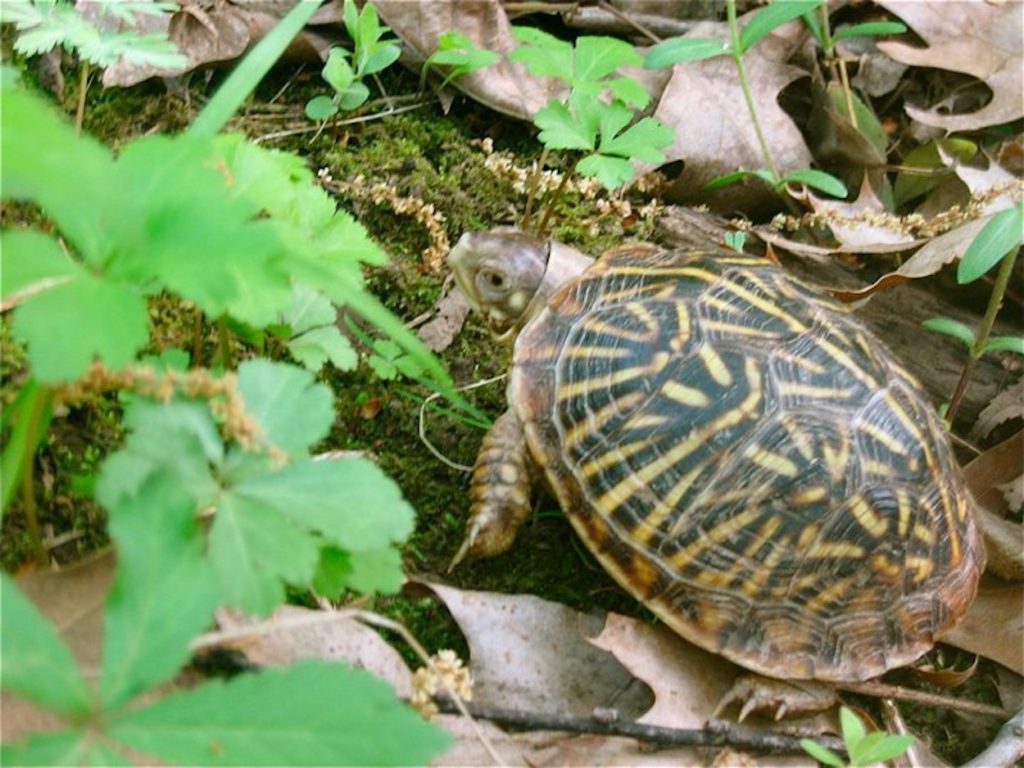So whats your backyard like?
Over the last 5 years, OWL has lost over 4,000 acres of release sites to urban development. If we are to continue to care for 2,000 + wild animals each year, we must have more areas for release.
When an animal is ready to go, we can’t just open the cage door and hope for the best. We may need to find deep timber, a good-sized pond, a heron rookery, a group of cedar waxwings, or some place where nobody minds a badger den. We often place young animals in a foster nest or den. We use areas with suitable habitat, plentiful water, compatible residents, and a variety of other requirements depending on the animal species, its age, and the time of year.
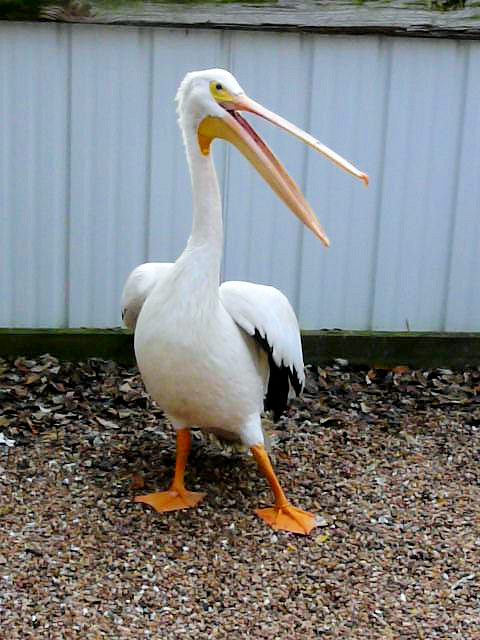
About
If you have a good release site, you can have the pleasure of watching a bird take flight or a mammal scamper into the bushes. Occasionally, we need people to leave out food, monitor the ‘releasee’ and report back to OWL. That’s fun too, and relatively easy, compared to the toil of getting the animal ready to release! If you have a suitable spot, please answer the following questions so we can add you to our release site file.
How to become a release site
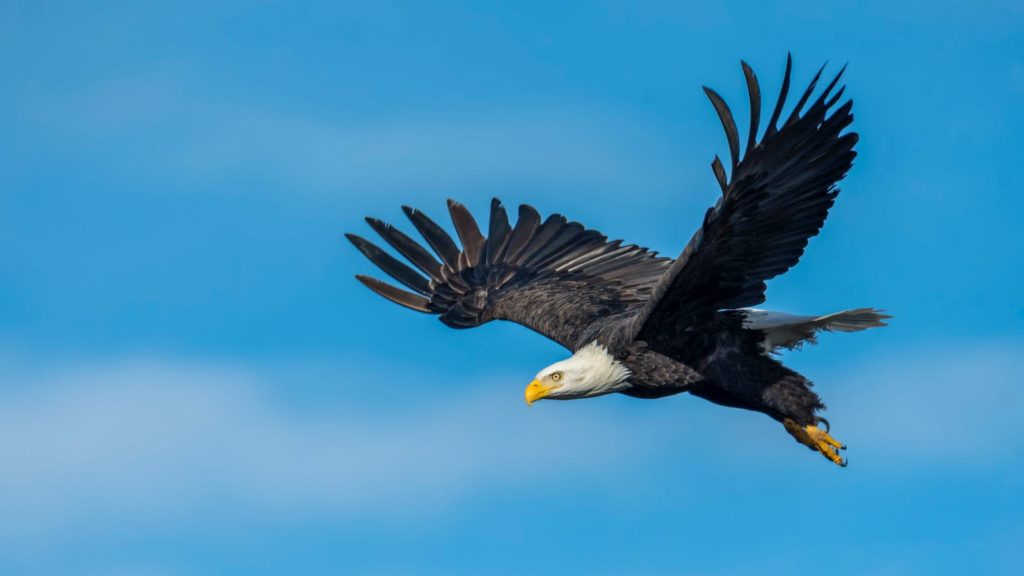
Supported by the kindness of our community
Operation Wildlife is a non-profit organization and is NOT funded by the government in any way. We rely completely on the kindness of the community and the people who rescue injured critters to support our financial needs.
Any help you can offer, whether volunteering time, financial support, release sites, or even providing groceries to feed the hundreds of hungry critters each week, it is GREATLY appreciated. Just as an example, it costs about $500 to raise a baby raccoon to release size because after the formula nursing weeks; they need fish, crawdads, minnows, earthworms, etc.

